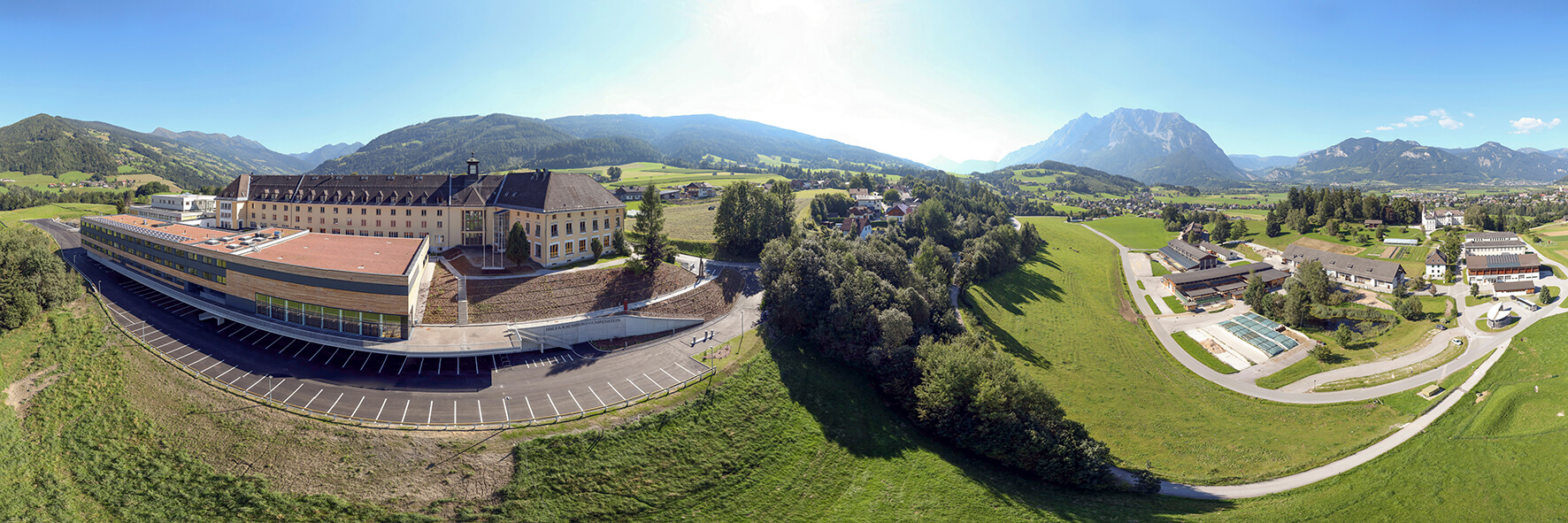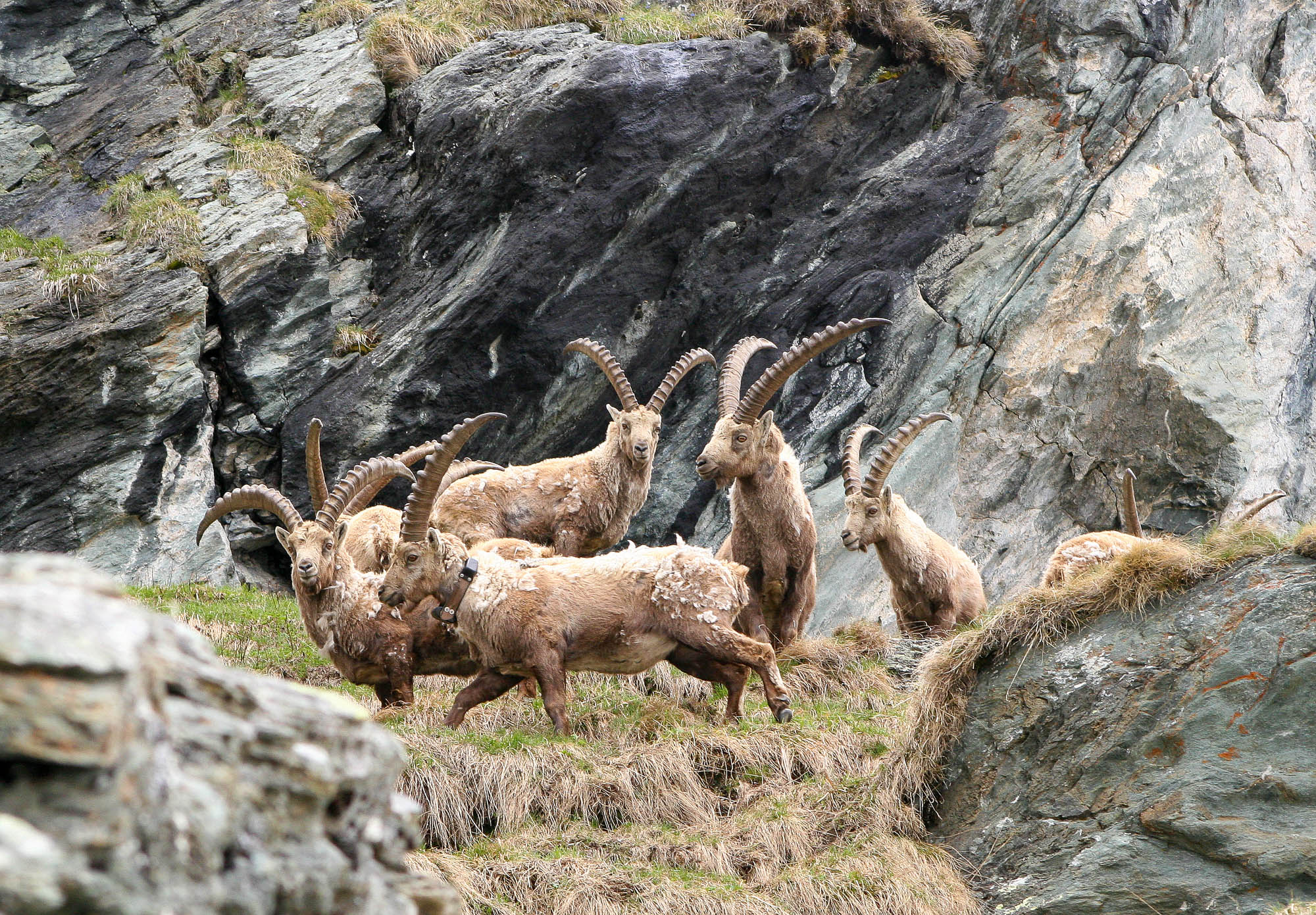Some species are better able to adapt to changing conditions and begin to colonize areas previously inhabited by other species. This can lead to increased competition and altered ecosystems . More frequent and intense extreme weather events such as droughts, storms and floods can have a direct impact on wildlife by destroying their habitats and making access to food and water more difficult.
What will be the impact of phenological processes? Most species in the high mountains have one thing in common. Due to their long evolution as specialists, they can deal very well with many factors in this extreme habitat, but least of all with change...
Just listen or watch:
In this podcast episode, Priv.-Doz. Dr. Andreas Steinwidder with the wildlife biologist Dr. Gunther Greßmann from the Hohe Tauern National Park on the influences of climate change on our wild animals. What does climate change mean for this sensitive ecosystem?
Are there measures and ways to help as a user of nature?
Further links and information





















